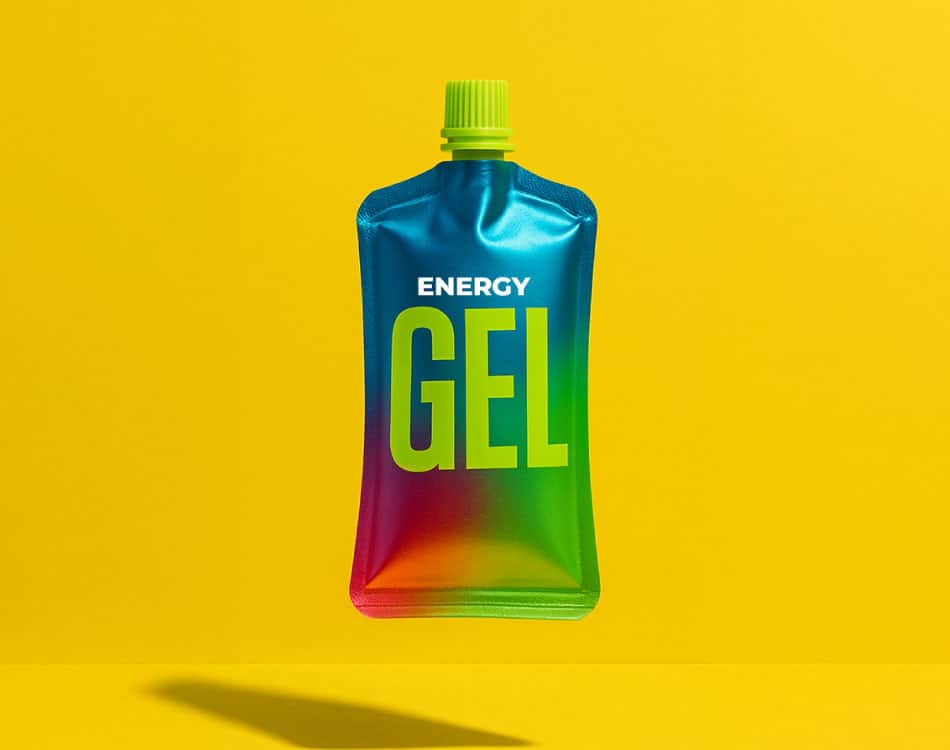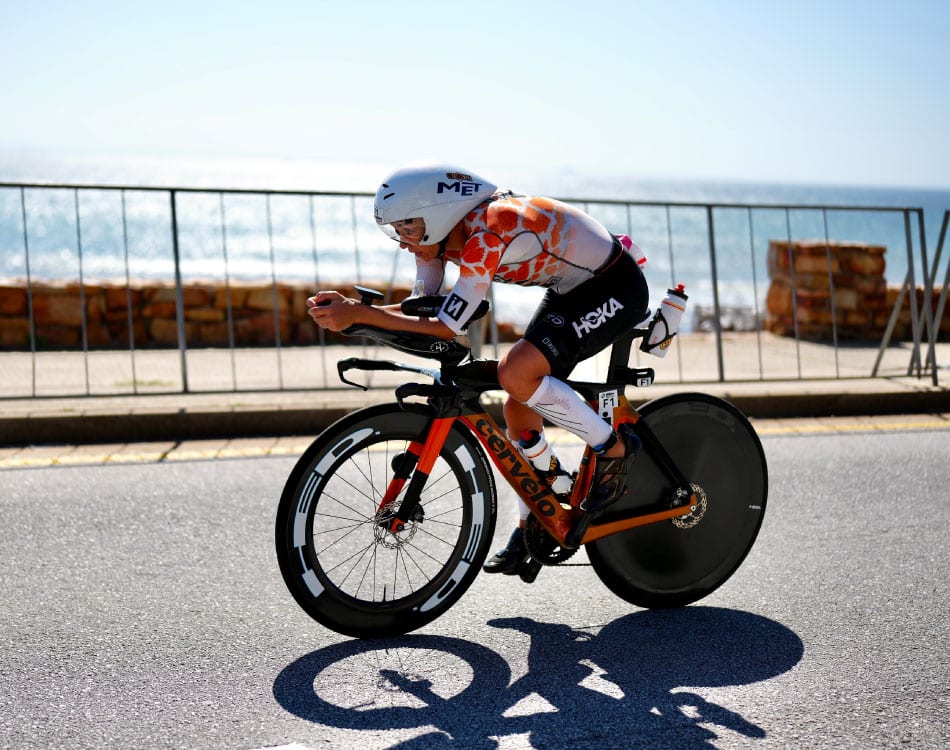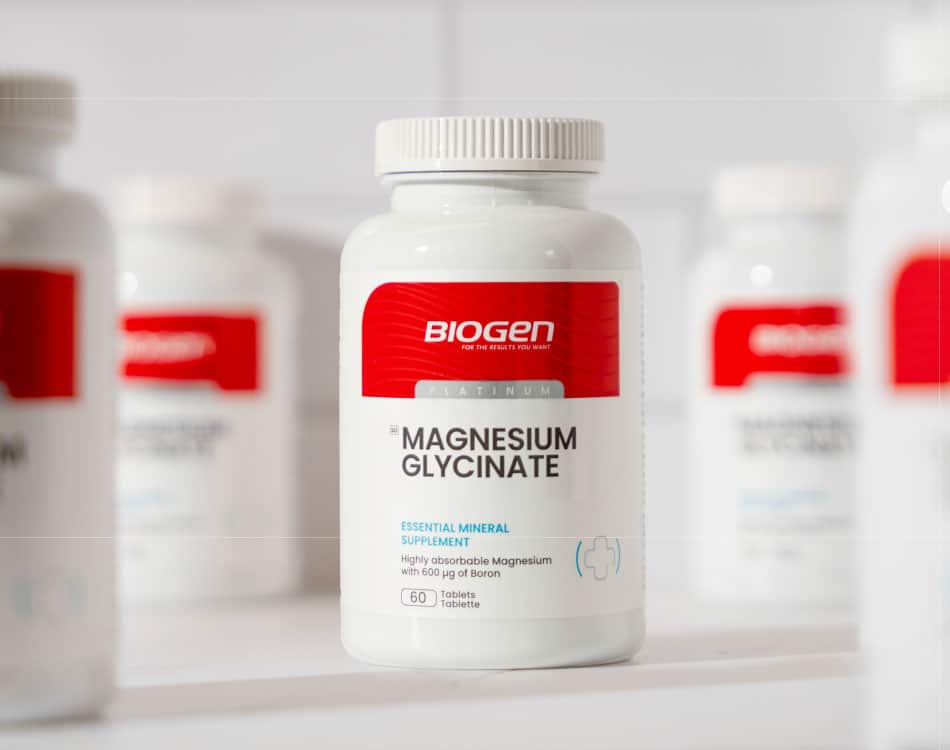Endurance athletes who want to improve their performance need to inject intensity into their training routines.
Steady-paced training sessions that simply get progressively longer over time aren’t where the exponential performance gains are made.
All about the intensity
To boost cardiovascular fitness and increase your speed, your training should be intense. You also need to perform these sessions with greater frequency – at least 2 times, or 20% of your total training volume.
Short but intense training sessions performed regularly can deliver the greatest benefit, even for athletes who don’t have time restrictions on their training.
These high-intensity training sessions should consist of interval-type training, This enables athletes to exercise at intensities that exceed their aerobic threshold for short periods of time.
It is in this zone – the anaerobic threshold – where very specific adaptations to exercise occurs on a physiological, anatomical and hormonal level and deliver the exponential returns that boost fitness levels without spending hours out on the road each week.
HIIT it hard
There are numerous studies available that support the use of high-intensity interval training (HIIT) as the ideal way to boost your fitness, fast.
As an example, a study published in the Journal of Applied Physiology, conducted at the Exercise Metabolism Research Group at McMaster University in Ontario, Canada found that a total of 2-3 minutes of sprinting, done in 30-second bursts during a 20-minute workout three times a week, produced the same results as three endurance cycling sessions per week, each of which lasted 90-120 minutes.
Stated more simply, just one hour of interval training produced the same effects on endurance capacity as six hours of steady-state exercise.
In addition, after just two weeks (or six workouts), tests indicated that study subjects increased their endurance by 100% on average and their muscles began using oxygen more efficiently to burn fuel.
Training with intensity
To get the most from your 2-3 weekly sessions, you should perform your workouts according to a variety of proven HIIT structures.
Intervals: After a warm-up of two minutes, alternate your intensity between bursts of higher intensity and bursts of low-to-moderate intensity active recovery intervals, for a total of 20 minutes. When you start out, your high-intensity intervals can be shorter. You can then start to work your way up to equal duration intervals, and then progress to longer high-intensity intervals, with shorter recovery intervals.
Fartlek training: Swedish for ‘speed play’, Fartlek refers to an unstructured interval session where you constantly vary your intensity by alternating between slow, moderate and faster efforts for varying time periods.
Progressions: This is a maximal workout that should only be used by fit individuals. Start at a low speed and resistance. Select a suitable time interval and increase your speed or intensity (only one variable) when that interval has elapsed. Continue until you are unable to carry on or you hit your target effort for the session. This is a great way to boost your VO2max, a key indicator of athletic potential.















